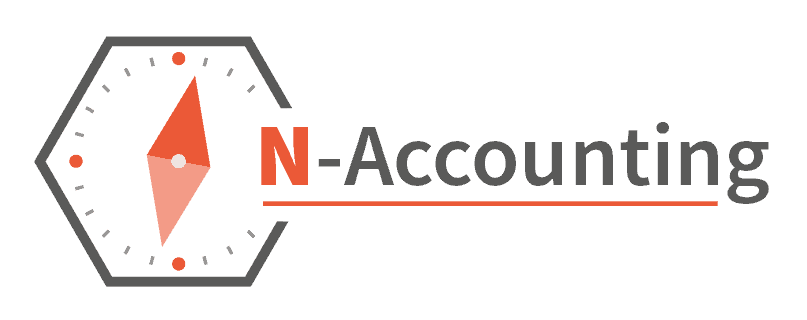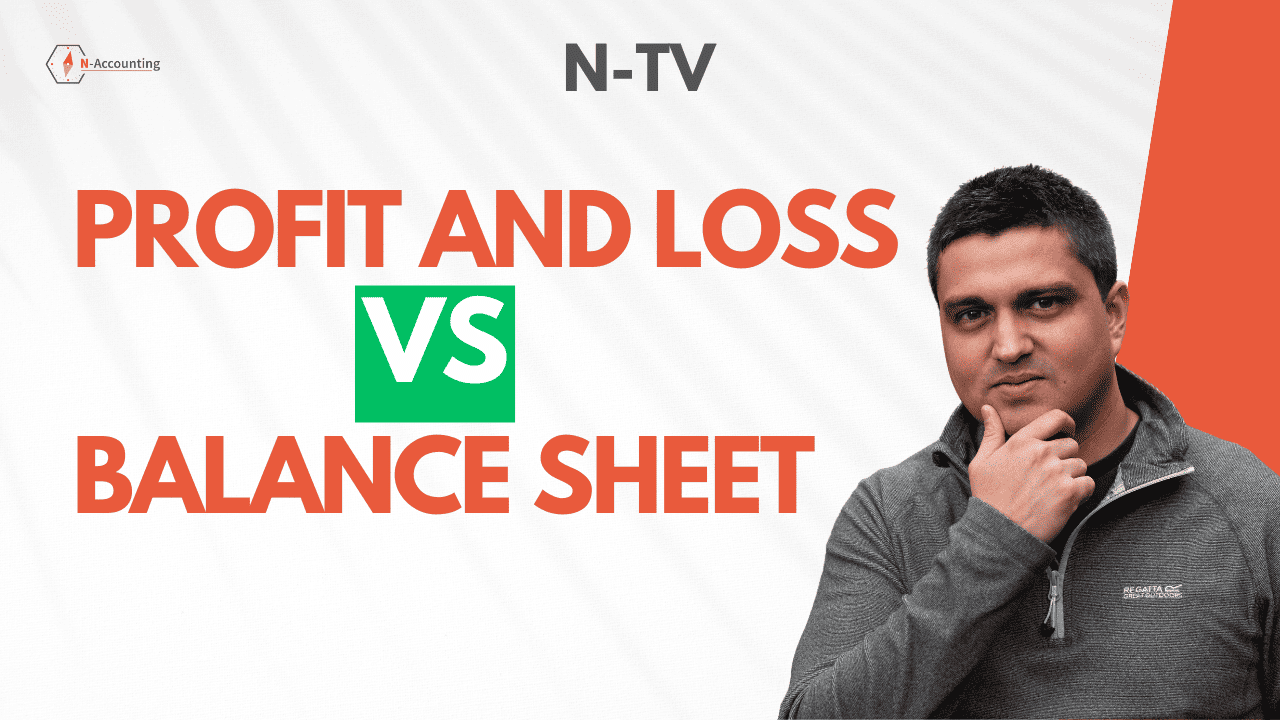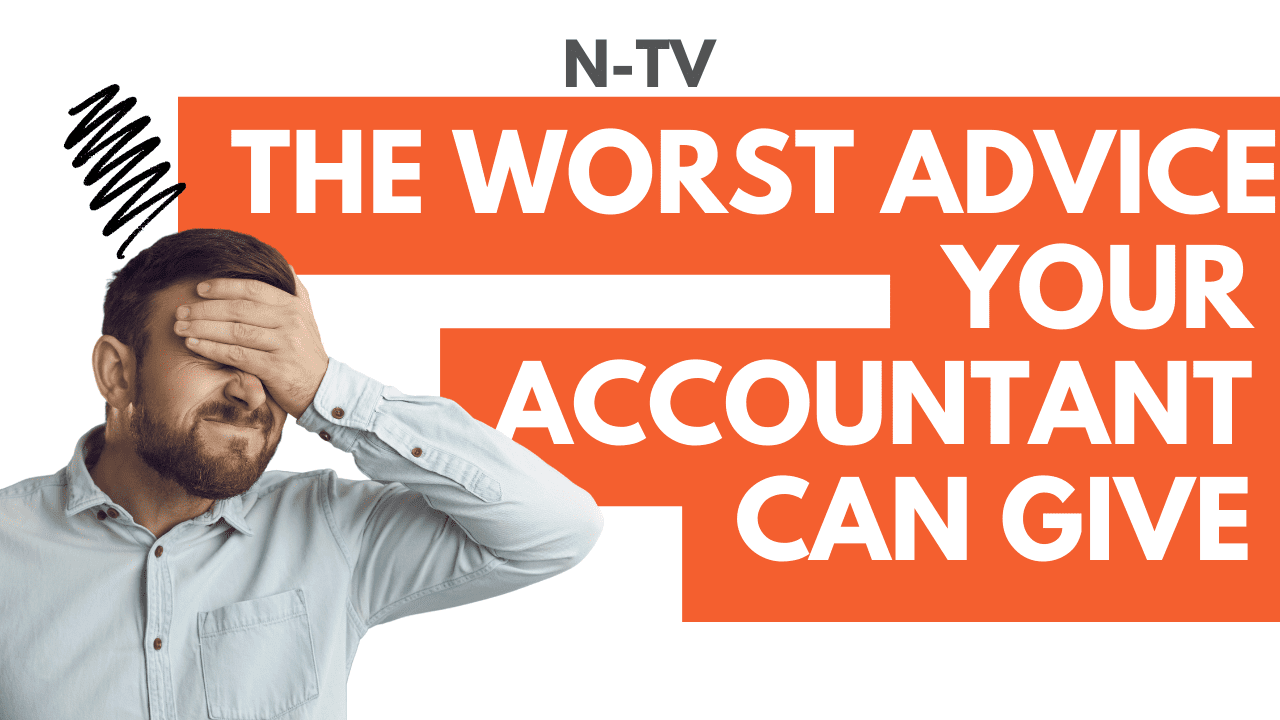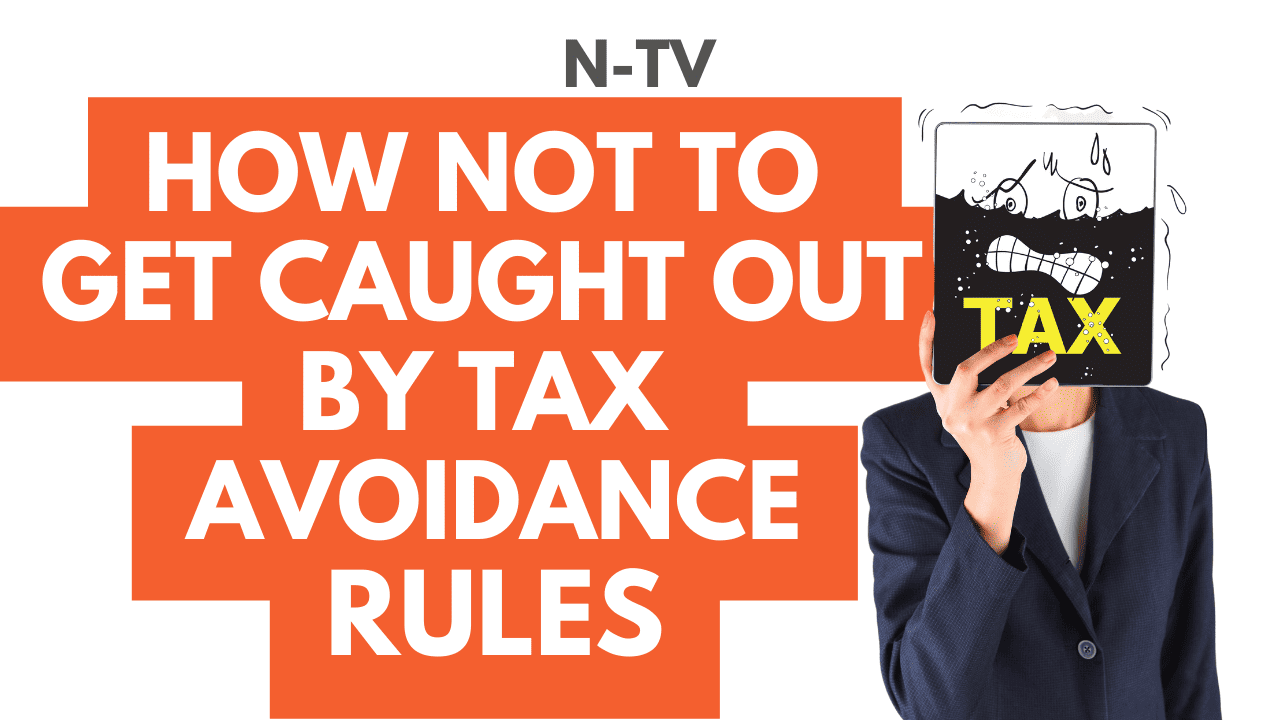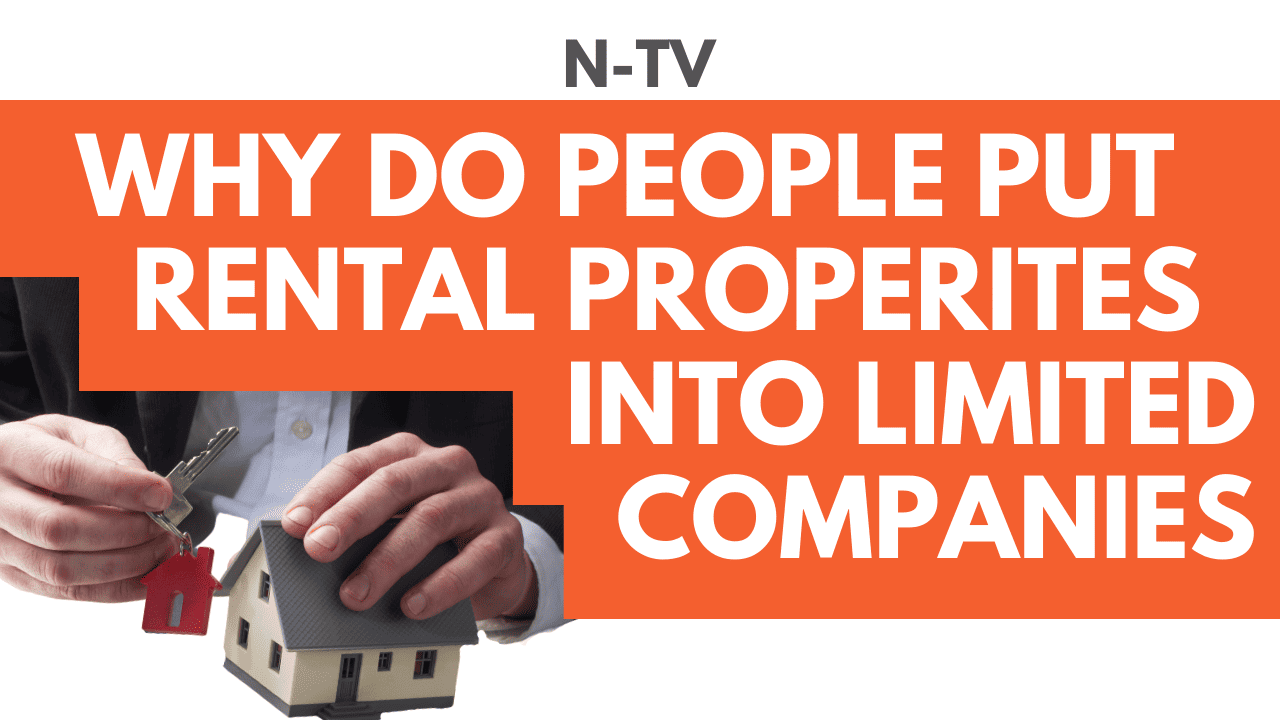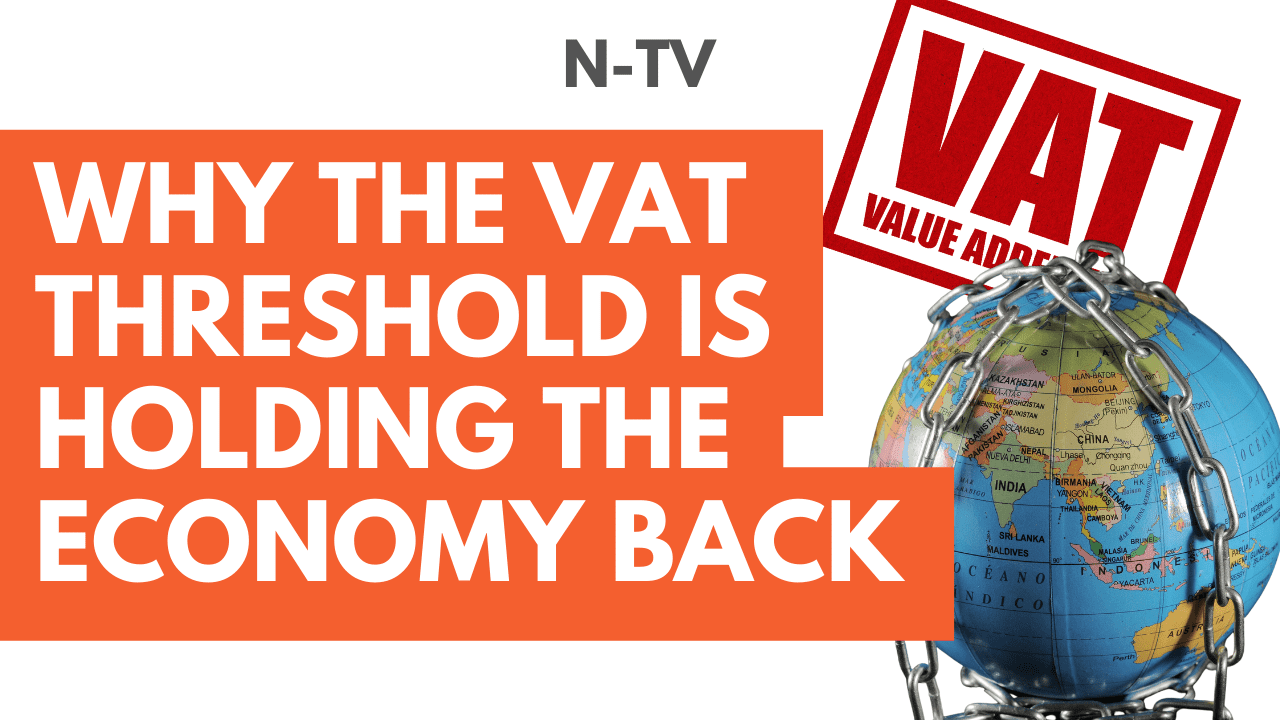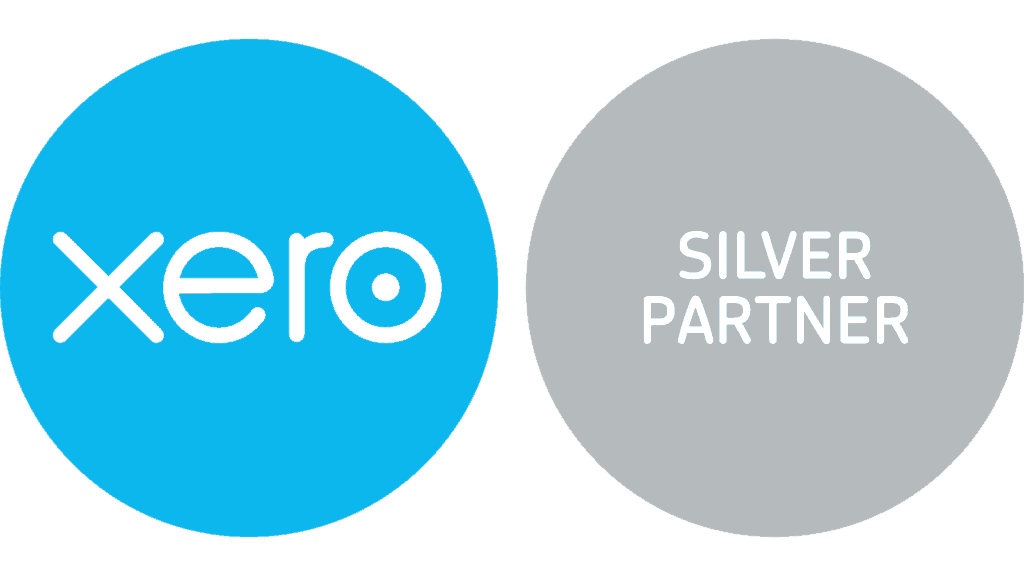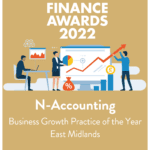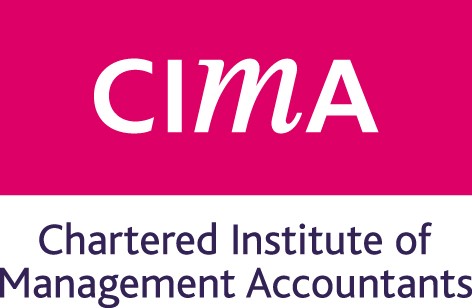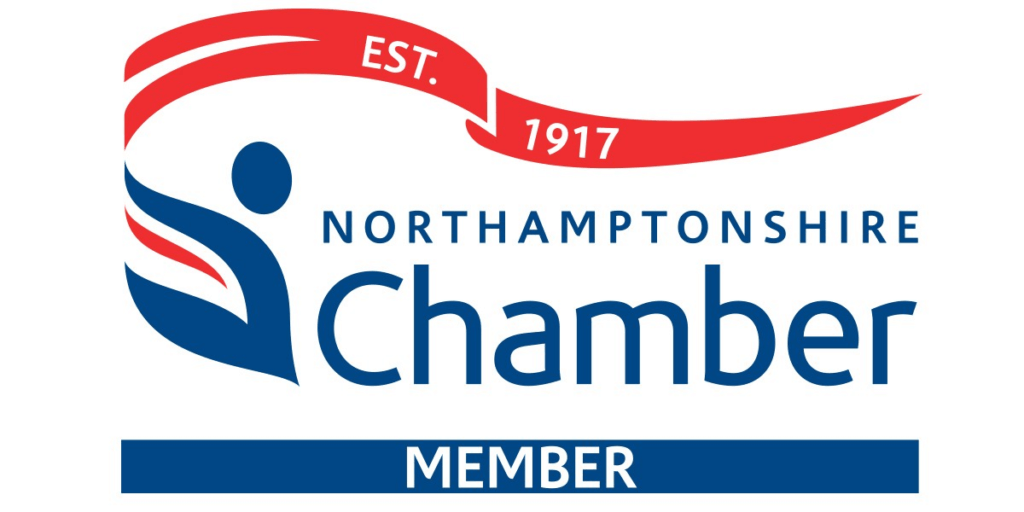Contents
Business owners often build up savings over time and can either leave them in bank accounts, use them to buy certain investments or even lend them to their own company. Whatever savings are used for, it’s important to understand how tax and relief works on the interest you earn from them. Remember interest from savings can be taxable, so you need to be aware of the income tax bands and allowances.
You can structure your investments to receive up to £7,000 a year of tax free interest, just by getting the balance of salary, dividends and savings right and planning to meet your financial obligations including paying tax. Interest from savings can be taxable income so you need to be careful how it’s reported to avoid any issues when it comes to taxable savings interest.
Before you continue reading…
Our clients enjoy these things as standard:
- Three working hour response time for queries
- Fixed monthly payments and any ad hoc fees pre-agreed
- Full UK based team in the office 9-5 Monday-Friday
- All-inclusive tax planning and software support
- Free representation in the event of an enquiry
The Hidden Allowances
Savings are often an afterthought for most business owners because they aren’t as efficient as investing in a pension or reinvesting in the growth of your own business, but depending on where you are with your personal goals they can be a useful way to hold money and have flexibility.
There aren’t many articles that focus on interest income from the perspective of a limited company owner and in my experience there are very few accountants that tell their clients about the opportunity to use these savings. £7,000 a year tax free is worth the best part of £2k at the basic rate per year.
Charging your company interest on taxable savings
You may be in a position where your company owes you a substantial amount of money, perhaps because of funds you’ve invested over the years or salary and dividends that were created and not issued to you.
You can withdraw these funds without paying any extra tax, as long as your working capital allows it, but you can also leave the money owed to you and charge the company interest instead.
The benefit of this is that your business gets the corporation tax savings on the interest, but you can withdraw the interest and it’s covered by the allowances further down. It’s fair to charge your company interest at the rate you would for any other commercial non secured loan, this can often be around 20%.
This interest is reported on a CT61 tax return and your company will have to deduct tax at source with the net amount paid to you. So you’ll then need to reclaim the tax on your CT61 tax return. Small business owners should also be aware of the tax implications of their dividend income, especially in relation to savings and investments, as you need to proactively report taxable dividend income to HMRC.

How an Accountant can help
We see our clients in Northamptonshire and further afield in person or online to help them use the allowances available to them, in particular we:
Make sure allowances are used within the family efficiently and effectively
Make money available for investment tax efficiently
Control dividends to avoid higher rate tax
Work with your financial advisor to consider all options
Tax on interest already deducted at source
The interest from which tax is deducted at source is often considered savings income. This section of the tax code explains how it works, including where tax is deducted on interest before you receive it.
Knowing how much tax to pay on savings interest is crucial to make sure you declare the correct amount, especially with all the schemes and allowances that affect taxable savings income. If this has happened to you and you think you’ve overpaid tax on your savings interest you’ll need to reclaim it through your self assessment tax return or by filling out a tax repayment form (R40) if you think you’ve overpaid.
ISA’s
The most common question with savings is about bank accounts and in particular ISA’s. An Individual Savings Account allows you to contribute £4,000 a year and build up to £20,000 in savings over 5 years without paying tax on the interest earned.
There are other types of ISA’s where you can also invest in shares and save for your first home with the government topping it up to boost those savings.

Personal Savings Allowance
This allowance gives you £1,000 of tax free savings income per tax year on top of the ISA allowances. If you’re a higher rate tax payer this is reduced to £500 and it’s not available to additional rate payers. Your personal savings allowance varies depending on your income tax band, so you can see how tax bands affect your tax free interest. Also knowing your personal allowance is important as it’s the amount of income you can earn before you have to pay tax and how much savings income you can earn tax free.
Starting Rate for Savings
And if the personal savings allowance and ISA’s weren’t enough you also have the starting rate for savings and can earn more tax free income.
This £5,000 allowance starts to reduce once you’ve earned over £12,570 in the tax year and is completely eliminated once you earn over £17,570. Small business owners are often in a position to benefit from this as the dividends they take don’t count as earned income for the calculation.
If you have other income in addition to or instead of your salary from your company, for example rental profits or pensions then you’ll need to include these in the calculation for your starting rate for savings. But dividends don’t count when calculating these allowances so it’s particularly good news for limited company owners.
Don’t let tax savings drive a decision
A piece of advice I would give to any client is to consider the overall cost or return as there are many situations where it makes sense to give up the tax savings to get a much better return on an investment.
We work with our clients’ financial advisers to consider cashflow and tax when making decisions on where to invest. If you’re not getting the advice you need then get in touch.
